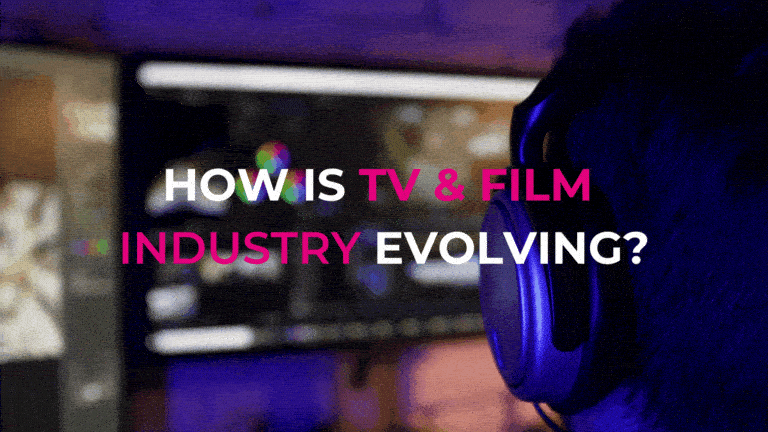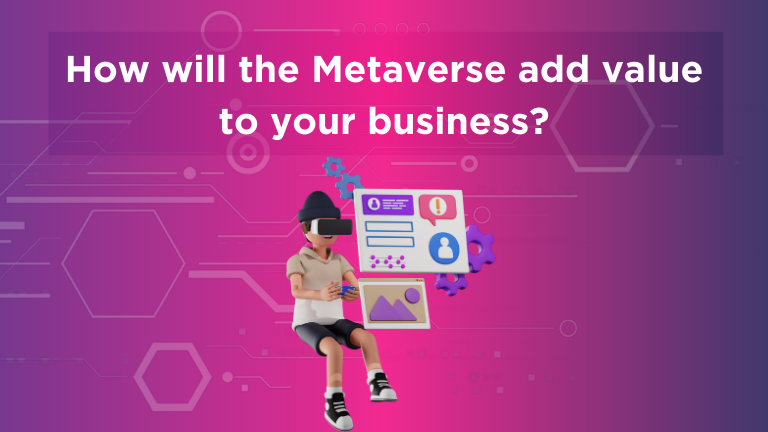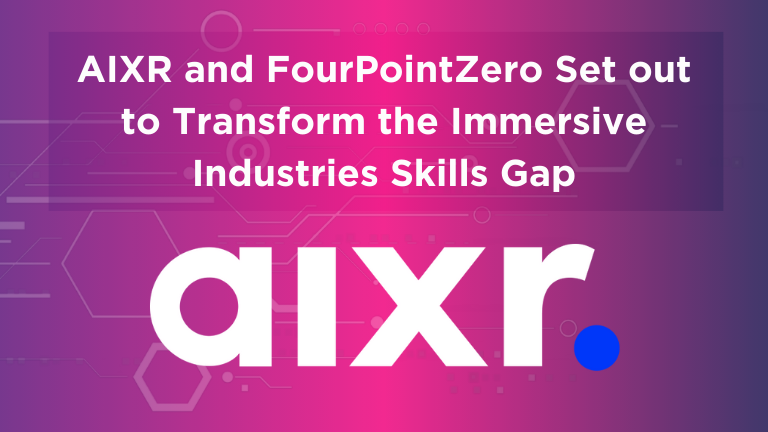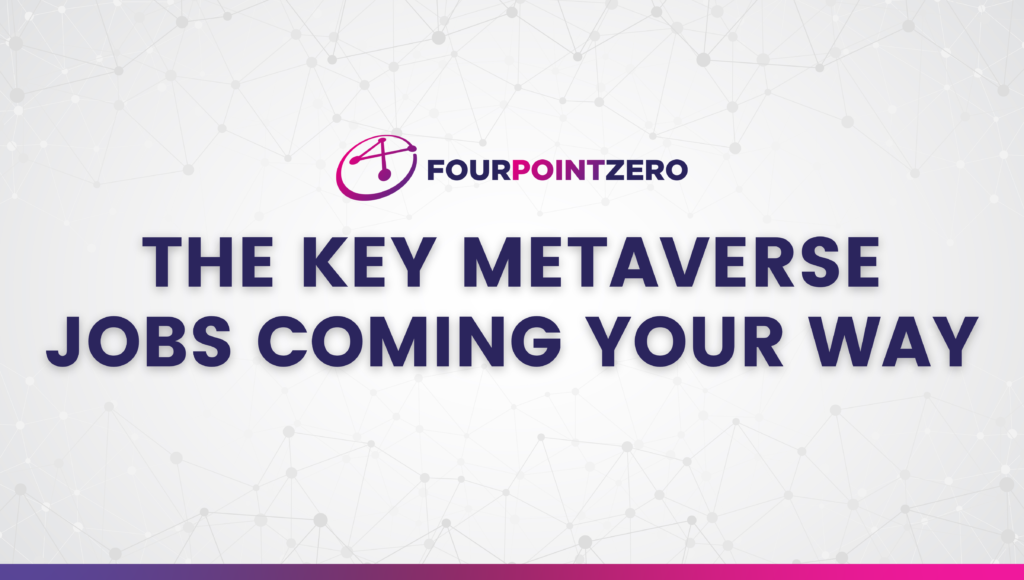The internet isn’t a static entity. Like a living creature, the internet has evolved, grown, and expanded as we continue to build on its potential. Currently, we’re in the midst of a significant transformational period for the internet.
The digital revolution as we know it today is accelerating towards a future where the internet is more “decentralised” and immersive. To describe some of the major elements of the new digital world, specialists have come up with a multitude of terms. Two of the most common (and often misunderstood) are “Metaverse” and “Web3.0“.
Though Web3.0 and Metaverse have some significant overlaps, they’re not the same concept. Understanding the difference between these two crucial ideas is essential for anyone hoping to embrace a future in the new digital world.
So, let’s look at exactly what is the difference between Web3.0 Vs The Metaverse…
What is Web3.0? An Introduction
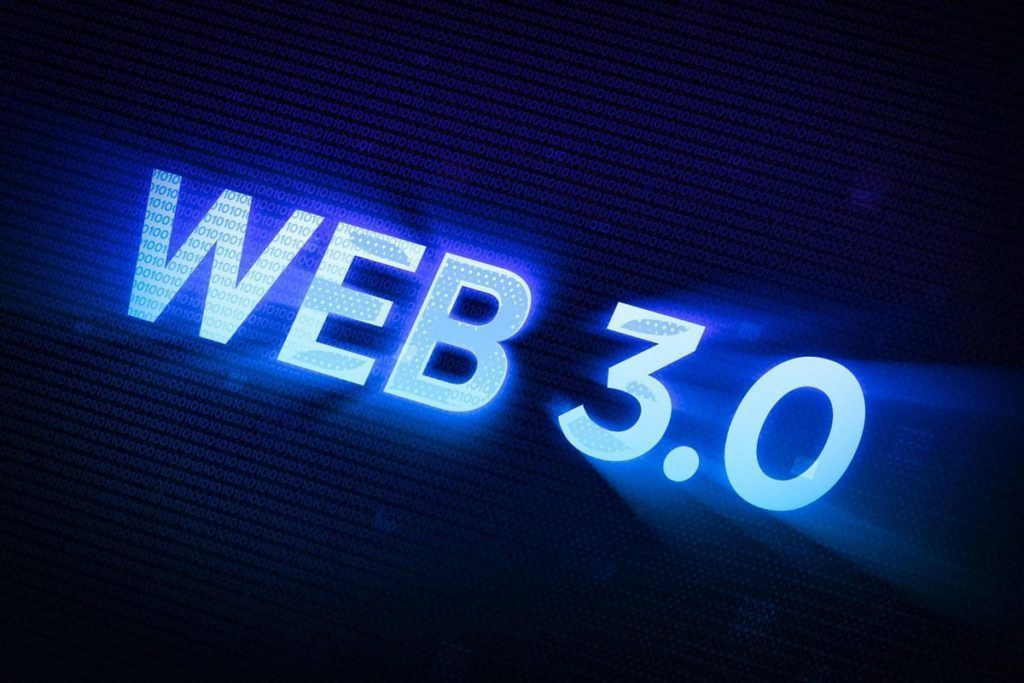
Otherwise known as “Web 3.0“, Web3.0 is the “new generation” of internet experience. There have already been 2 major versions of the internet since its inception. Web1 was the version which existed between 1991 and 2004. This positioned the web as a place where you could seek out information. A limited number of people created content, and access to information was static.
With the rise of Web2, we saw an increase in user-generated content. People started interacting via social media, and the web has become a powerful way to break down walls between groups. While Web2 made the internet more social, it also led to the rise of monopoly companies. These control which content we have access to, from Google to Amazon and Facebook.
People have been speculating what Web3.0 might look like for several years. In 2015, co-creator of Ethereum blockchain, Gavin Wood, even predicted the future of the internet would be based on blockchain. Today, most experts agree with this idea of a decentralised, blockchain-based web.
Basing the internet on the blockchain means the technology and content we access won’t be on a central server but on an entire network of computers. Instead of spending all of our time on websites that own and monetise the content and data of other people, individual users will have more control over their data.
We’ve already begun to see an example of this new, creator-owned environment with the rise of NFTs (Non-fungible tokens). These use blockchain to assist artists in monetising and distributing digital creations in unique ways. There are decentralised web browsers, blocking ads and giving users more choice over which websites can access their data.
What is the Metaverse? An Introduction
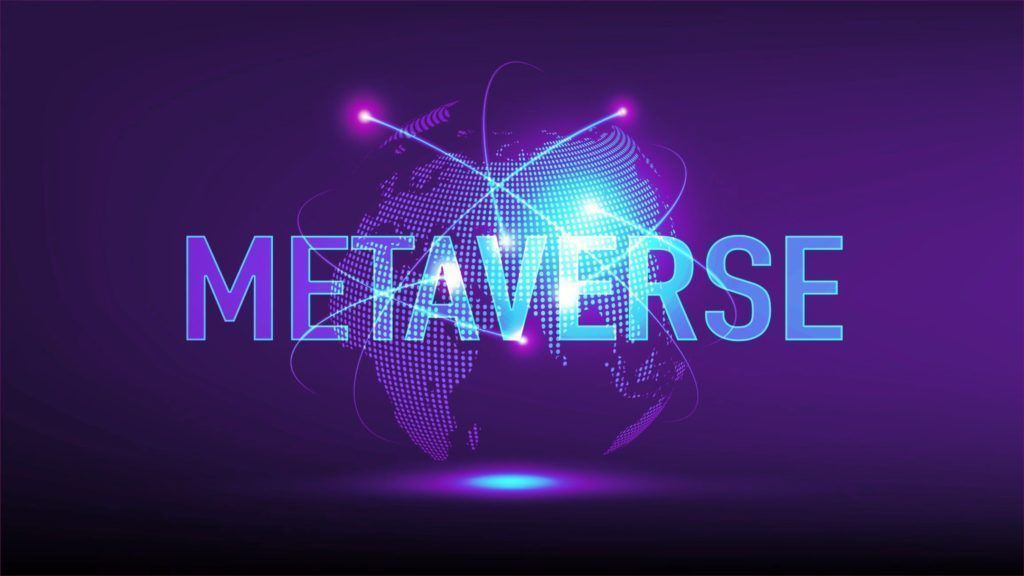
Web3.0 focuses on the future of how we’ll access and control content in the web of the future. The Metaverse, on the other hand, looks at how we’re going to experience the digital landscape of the future. The Metaverse is a vision of the future, built to combine digital and physical realities.
Definitions of the Metaverse are sometimes confusing. Most people commonly think of this environment as an “embodied” version of the internet. In other words, it allows us to connect with digital content in a new, more immersive way.
The Metaverse represents a future where people can build and invest in their digital identities. This is similar to how we build our “physical” identities in the real world. We can use this environment to connect with communities worldwide. And buy digital art or real estate, and step into new environments using Augmented or Virtual Reality.
The Metaverse is built on a number of disruptive technologies. These range from AI to boost the connection between human beings and computers to XR. This will allow us to immerse ourselves in the digital landscape like never before. The blockchain is also one of the major elements of the Metaverse.
Blockchain technology allows the Metaverse to be built in a decentralised environment. This is where people can maintain control over their digital identities when they step into a landscape for virtual work or collaboration.
The Confusion Around Web3.0 Vs the Metaverse
There are a few reasons why people often get confused about the difference between the Metaverse and Web3.0. This is because these concepts are still heavily theorised. People still aren’t sure, for certain, what the Metaverse and Web3.0 are going to look like.
Both concepts are under construction, and both are being built in the same decentralised environment, leveraging crucial technologies such as the blockchain. With new and different definitions of both the Metaverse and Web3.0 emerging all the time, it’s difficult to fully understand what these solutions really mean.
What’s more, it’s worth noting there are a lot of crossovers between Web3.0 and the Metaverse. Both use the blockchain as building blocks. And people believe it will heavily focus on using cryptocurrencies for decentralised and international transactions.
While Web3.0 and the Metaverse aren’t the same things, they’re also not competing entities. Both could work together to define the internet of the future. For instance, a digital artist can create an outfit in the Web3.0 environment for an avatar worn in the Metaverse. The artist would avoid losing their monetisation options by auctioning the outfit as an NFT, in exchange for cryptocurrency.
The NFT outfit, with its unique position on the blockchain. This is easily identified as an original, making distinguishing “knock-off” versions simple.
Similarly, companies can create individual online experiences for customers through their websites and maintain ownership of the content they build without relying on significant monopolies to manage that content and police what may be shared online.
Bringing the Metaverse and Web3.0 Together
The chances are, we won’t end up with either the Metaverse or Web3.0, but a combination of the two – if both of these concepts do come to fruition. On a fundamental level, there’s a solid chance cryptocurrency will form the foundations of the monetary and economic systems in both the Web3.0 environment and the Metaverse.
If the Metaverse becomes the digital version of the real world, and Web3.0 becomes the new way to monetise content and share data online, cryptocurrency can be the key to getting paid for your work and the things you produce. Cryptocurrencies don’t need brokerages or banks in the traditional sense to invest currency or complete transactions.
Cryptocurrencies are often much easier to send to people in locations worldwide with minimal stress or fees. They’ve emerged as the number one tool for purchasing and selling NFTs – one of the major components connecting the Metaverse and Web3.0.
NFTs make it possible for unique items to be created and sold by individuals in the digital world. Unlike most digital data making up the internet, NFTs can’t be simply copied and pasted to create different versions. Each NFT is defined by a specific encrypted token on the blockchain – providing users with a unique way to identify and equip online avatars. The market for in-game virtual items in video games is already worth about $54 billion.
It’s not just small creators involved with this new economy. Major brands like Nike are creating NFT-backed clothing and shoes to exist in the real world, so they can also have a presence in the new “decentralised” environment and unique communities emerging in the world.
The Rise of Web3.0 and the Metaverse
Web3.0 and the Metaverse are just two of the complex concepts gaining a lot of attention today as we continue to discover the future of our digital world. Increasingly, as the digital landscape takes over more of our lives, we’re looking for new and improved ways to take control of our virtual identities, data, and access to content online.
Web3.0 and the Metaverse can work together to create an entirely new environment. This will allow people to collaborate and thrive without being governed by centralised groups and major monopolies. The key to success will be figuring out how to successfully align these environments without compromising the safety and privacy of users.

